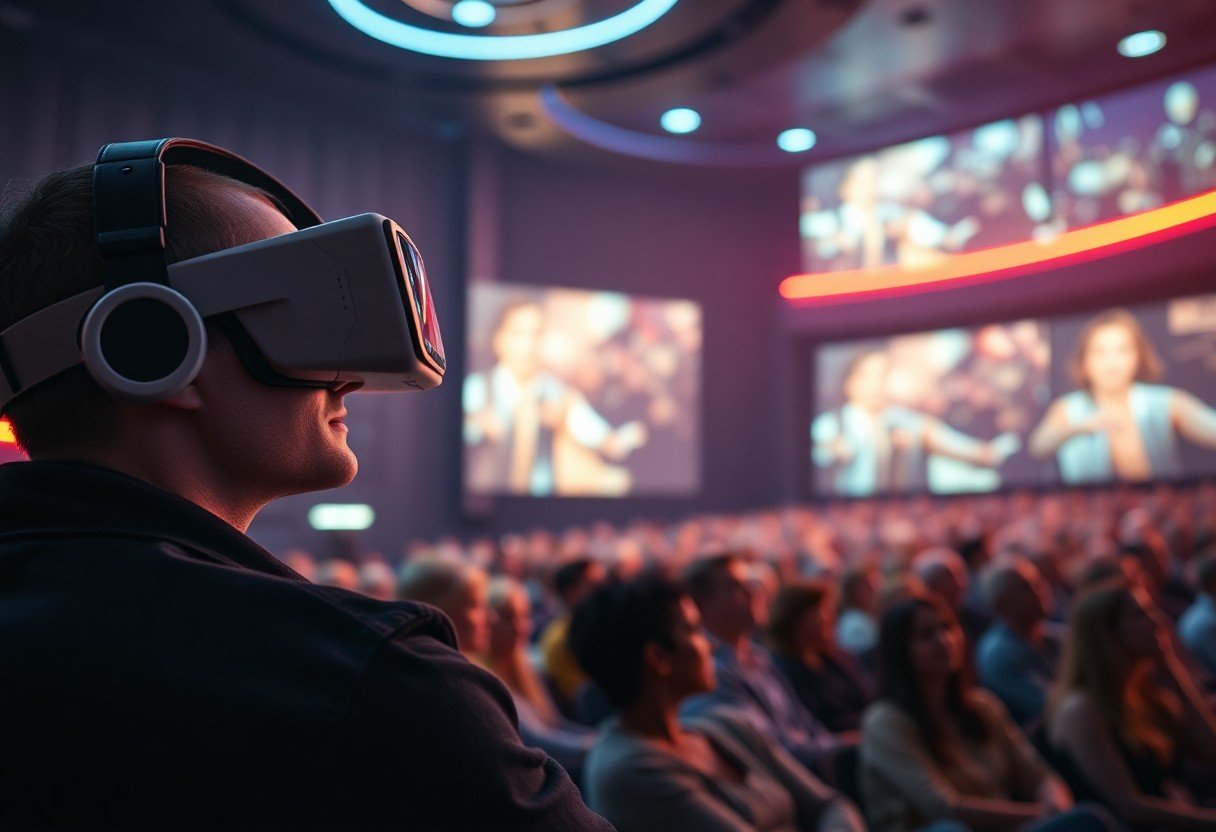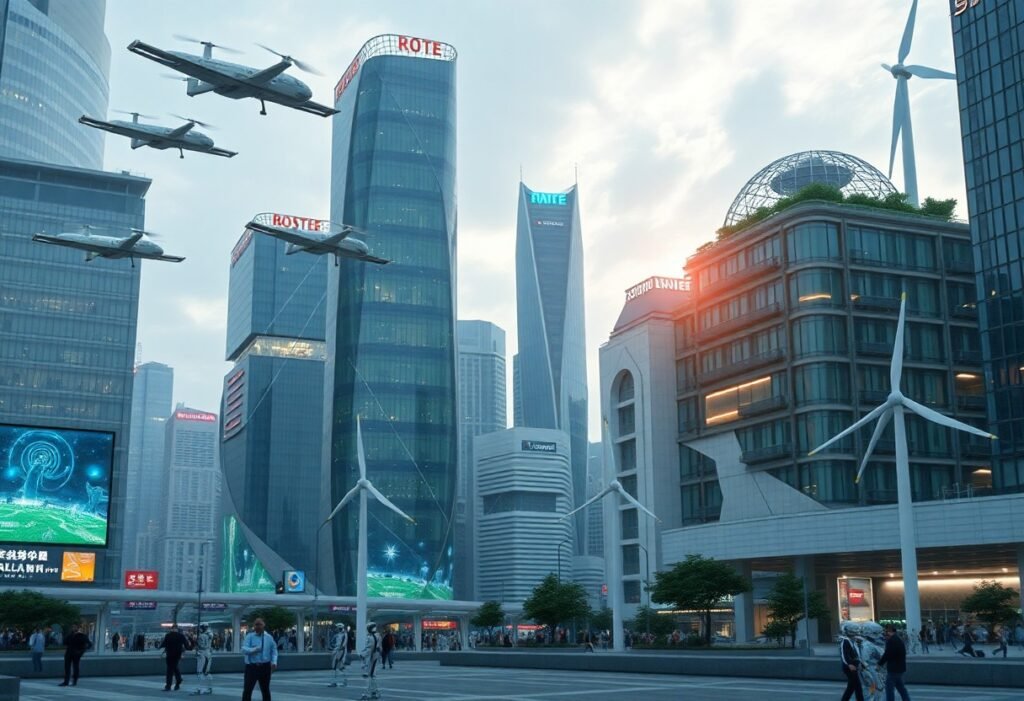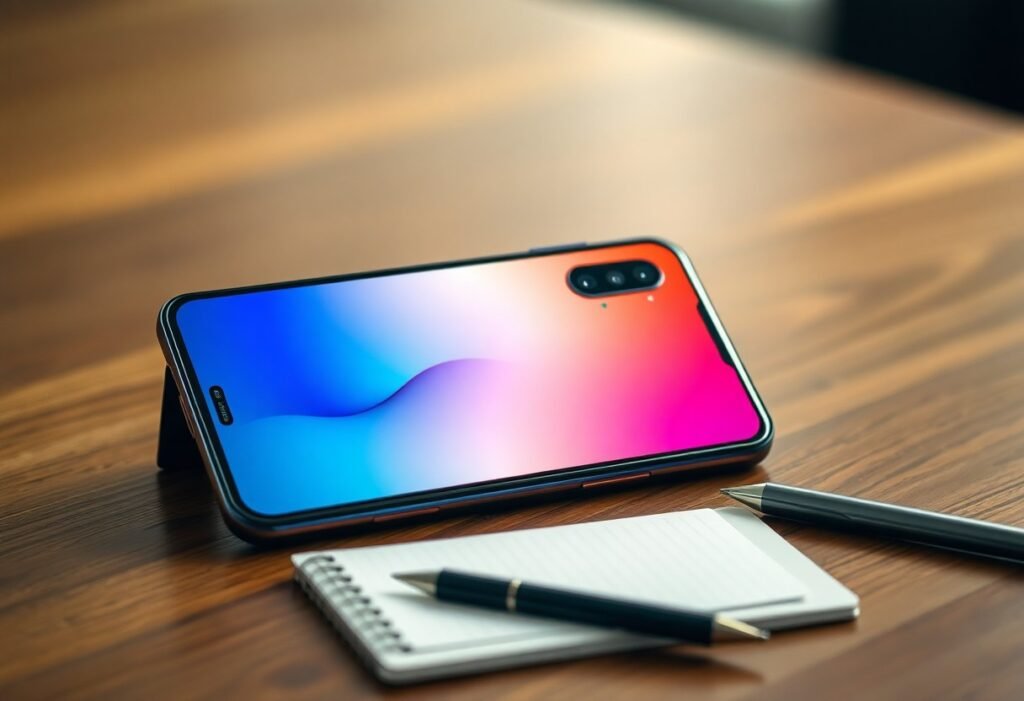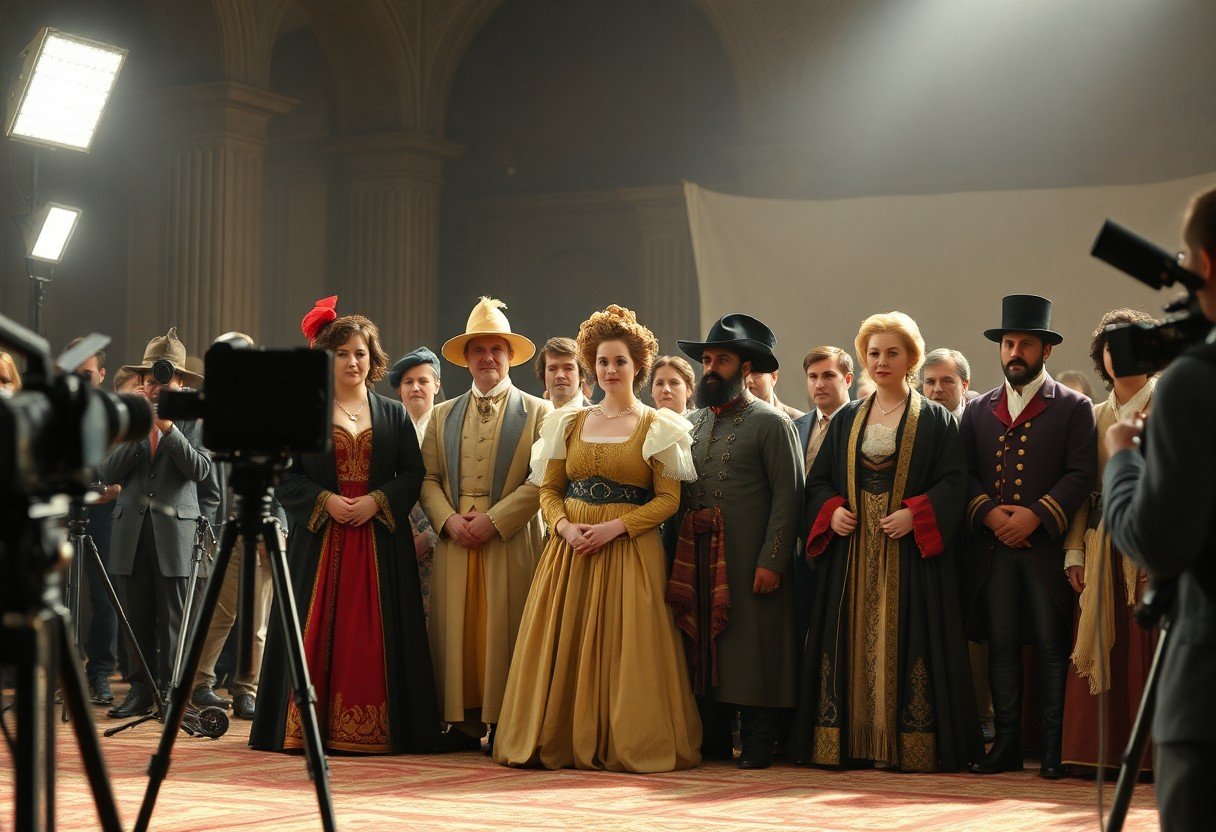Aesthetics play a vital role in how you experience modern entertainment, significantly influenced by ongoing cinematic innovations. As you look into films, streaming shows, and interactive media, these advancements shape your perception, emotional engagement, and broader cultural understanding. From groundbreaking visual effects to immersive sound design, these innovations not only enhance your viewing pleasure but also challenge traditional storytelling techniques. Understanding how these elements work together allows you to appreciate the nuances of contemporary aesthetics and recognize the powerful impact they have on your entertainment experience.
The Evolution of Cinematic Techniques
A blend of artistic vision and technical mastery, cinematic techniques have dramatically evolved over the years. From silent films to vibrant digital imagery, these innovations have constantly pushed the boundaries of storytelling, creating immersive experiences that resonate with your audience. Each advancement has laid the groundwork for the next, continuously transforming how you perceive and interpret film aesthetics.
Historical Milestones in Film
Historical milestones in film include key developments such as the introduction of synchronized sound in “The Jazz Singer,” the use of Technicolor in “The Wizard of Oz,” and the innovation of computer-generated imagery in movies like “Jurassic Park.” Each of these milestones has shaped not only how stories are told but also how you engage with visual narratives.
The Role of Technology in Cinematic Innovation
Film technology has always played a significant role in innovation, consistently changing the landscape of modern cinema. With the advent of digital cameras, virtual reality, and streaming platforms, the way you create and consume content has been fundamentally transformed. These technologies allow for greater creative expression, enabling you to explore new genres and styles that were once unimaginable.
And as you dive deeper into films facilitated by advancements in technology, you’ll find that the opportunities for storytelling are more unlimited than ever. Digital editing and visual effects allow you to refine your artistic vision, while developments in streaming services provide instant, global access to diverse content. These innovations encourage experimentation and collaboration, empowering you to craft unique narratives that resonate with your audience, ultimately shaping the future of entertainment aesthetics.

Influence of Special Effects on Storytelling
If you consider the evolution of storytelling in cinema, special effects play a pivotal role in enhancing the viewer’s experience. These innovations not only create stunning visual spectacles but also immerse you in complex narratives, allowing stories to unfold in ways that engage your imagination. As filmmakers unleash their creative visions, special effects transform the mundane into the extraordinary, pushing the boundaries of what is possible in cinematic storytelling.
Practical Effects vs. Digital Effects
Below the surface of modern filmmaking, practical effects and digital effects serve distinct yet complementary roles. While practical effects offer tangible, real-world elements that evoke genuine reactions, digital effects provide extensive creative freedom. The blend of these approaches can elevate your viewing experience, as they heighten believability and create immersive worlds that draw you deeper into the narrative.
The Impact of CGI on Narrative Structure
Effects of CGI have redefined narrative structure, allowing stories to traverse unimaginable realms and scenarios. This technology enables you to witness epic battles and fantastical creatures, elements that were once limited by physical constraints. However, reliance on CGI can lead to a dilution of character development if stories prioritize visual spectacle over emotional engagement. It’s imperative to find a balance between astonishing visuals and compelling storytelling to ensure that your connection to the narrative remains strong.
A successful integration of CGI into narrative structure reveals its transformative power, allowing you to explore stories that challenge your perceptions of reality. Yet, the danger lies in over-reliance on impressive visuals at the expense of character depth and emotional resonance. When CGI enhances rather than overshadows the narrative, it contributes positively to world-building and character arcs. Striking the right balance ensures that your investment in the story remains satisfying, fostering a richer cinematic experience that resonates with your sensibilities.
The Rise of Streaming Services
You can see how the rapid growth of streaming services has transformed the landscape of modern entertainment. Platforms like Netflix, Hulu, and Disney+ have made content more accessible than ever, allowing audiences to watch their favorite movies and series anytime, anywhere. This shift has not only changed viewing habits but also influenced the types of content being produced, emphasizing your desire for unique and diverse storytelling.
Changes in Audience Consumption Patterns
An increasing number of viewers are opting for binge-watching over traditional weekly releases, making it easier for you to immerse yourself in entire seasons at once. This shift reflects your desire for instant gratification and control over what and when you watch, leading to more personalized viewing experiences.
Implications for Traditional Cinematic Releases
About the emergence of streaming services has sparked significant challenges for traditional film releases. The market dynamics have shifted, making blockbuster films increasingly reliant on streaming performance rather than just box office success.
Also, this change means that the industry must reconsider its strategies. Studios are now faced with the necessity to create content that appeals to both cinema audiences and streaming viewers. The dominance of streaming often leads to a decrease in box office revenues, as many consumers choose to watch new films at home rather than in theaters. However, it also offers an opportunity for more diverse films to reach wider audiences. By continuing to innovate and adapt, the traditional cinematic landscape can thrive alongside streaming.
The Aesthetic Shifts in Modern Films
Your experience of modern films is significantly shaped by various aesthetic shifts that reflect evolving artistic sensibilities. With advancements in technology and storytelling techniques, filmmakers are continuously redefining what it means to create compelling narratives. These shifts not only influence how stories are told but also how you perceive and connect with the characters and their journeys, ultimately enhancing your overall viewing experience.
Color Grading and Visual Style
Along with narrative structures, the use of color grading has become a vital element in shaping a film’s visual style. Filmmakers now employ advanced color palettes and grading techniques to evoke specific emotions and set the tone for their stories. As a result, your perception of characters and their arcs can be deeply influenced by the color schemes used, creating a more immersive experience that resonates with you emotionally.
Sound Design and its Impact on Viewer Experience
Modern sound design plays a transformative role in enhancing your experience as a viewer. By utilizing intricate soundscapes and layering audio elements, filmmakers create an atmosphere that captivates your senses. You can observe how sound effects and musical scores work in tandem to enhance moments of tension, joy, or sadness, allowing you to connect more profoundly with the film’s narrative.
Visual storytelling is undoubtedly pivotal in modern cinema, and sound design complements this by engaging your auditory senses. The careful placement of sounds can trigger emotional responses, making you feel part of the action or heightening your sense of fear or anticipation during climactic moments. By blending dialogue, ambient sounds, and musical cues, filmmakers draw you into their world and ensure the narrative resonates long after the credits roll.

The Role of Virtual Reality and Augmented Reality
To truly appreciate the transformation in entertainment aesthetics, you must consider how Cinema Experience Reimagined: Engaging the Modern … integrates Virtual Reality (VR) and Augmented Reality (AR). These technologies provide immersive experiences, allowing you to engage deeply with narratives like never before. As a result, the conventional passive viewing model shifts toward an interactive landscape, where your actions can influence story progression.
Immersive Experiences in Modern Entertainment
Around you, the landscape of entertainment has evolved, blending physical and digital realms. With VR and AR, you can step inside the stories, experiencing environments and characters firsthand. This transformation gives you the freedom to explore narratives dynamically, enhancing your emotional connection and investment in the content.
Future Trends in Interactive Storytelling
Future trends in storytelling promise even greater interactivity, with technology advancing rapidly.
Role of artificial intelligence and data analytics will redefine user engagement; personalization will ensure that you receive tailored stories that mirror your interests, enhancing the immersive experience. While this interactivity brings exciting opportunities, it also raises concerns about privacy and the potential for manipulative content. Balancing creativity and ethical considerations will be vital as these interactive narratives continue to shape entertainment’s future and your role within it.
Global Influences on Cinematic Aesthetics
After decades of cultural exchange, modern cinematic aesthetics have evolved through a rich tapestry of global influences. Filmmakers from diverse backgrounds draw inspiration from various traditions, styles, and storytelling techniques, thereby enriching the visual and narrative language of contemporary cinema. This blending of aesthetics not only creates an engaging viewing experience but also encourages viewers to appreciate and understand the viewpoints and cultures of others, making cinema a truly global art form.
Cross-Cultural Collaborations in Film
Against a backdrop of globalization, cross-cultural collaborations in film have become increasingly common. As filmmakers from different countries join forces, they often infuse their projects with unique cultural elements, resulting in innovative storytelling that challenges conventional narratives. This collaboration not only broadens the audience’s perspective but also allows for a deeper exploration of themes that resonate across borders.
The Influence of Non-Western Cinema
Along the journey of cinematic evolution, non-Western cinema has carved a significant niche, offering fresh perspectives and storytelling methods that challenge dominant Western narratives. By incorporating diverse cultural motifs, themes, and techniques, non-Western films enrich the cinematic landscape and encourage audiences to embrace new forms of expression. Your exposure to these films can deepen your understanding of global narratives and foster an appreciation for storytelling that diverges from traditional Western frameworks.
Understanding the significance of non-Western cinema is imperative to grasp the broader narrative spectrum. These films often portray underrepresented cultures, illuminating their unique challenges and values. By engaging with such films, you are not only supporting diverse voices but also discovering art that reflects meaningful social issues and historical contexts. Through this engagement, you can recognize the power of cinema to unite and inspire, affirming its role as a universal language that transcends geographical boundaries.
Conclusion
On the whole, understanding how cinematic innovations shape modern entertainment aesthetics enables you to appreciate the intricate relationship between technology and storytelling. As you explore the latest advancements in visual effects, sound design, and narrative techniques, you gain insight into the evolving landscape of media. These innovations not only enhance your viewing experience but also revolutionize how you engage with narratives. By staying informed about these developments, you can enrich your understanding of contemporary entertainment and its impact on culture.









